Denmark, The Flat Land. The Danes sometimes joke about the Germans and Swedes for getting the big forests and tall mountains. However, a flat geography means flat roads. That’s why in Denmark you need to consider transportation differently.
There’s no arguing over taste, as the saying goes. Every rider will need a different bike, suitable for them. The aim of this guide is to help you find the perfect bike for you in Denmark.
Scandinavia Standart has a very nice flow-chart on choosing a bike:
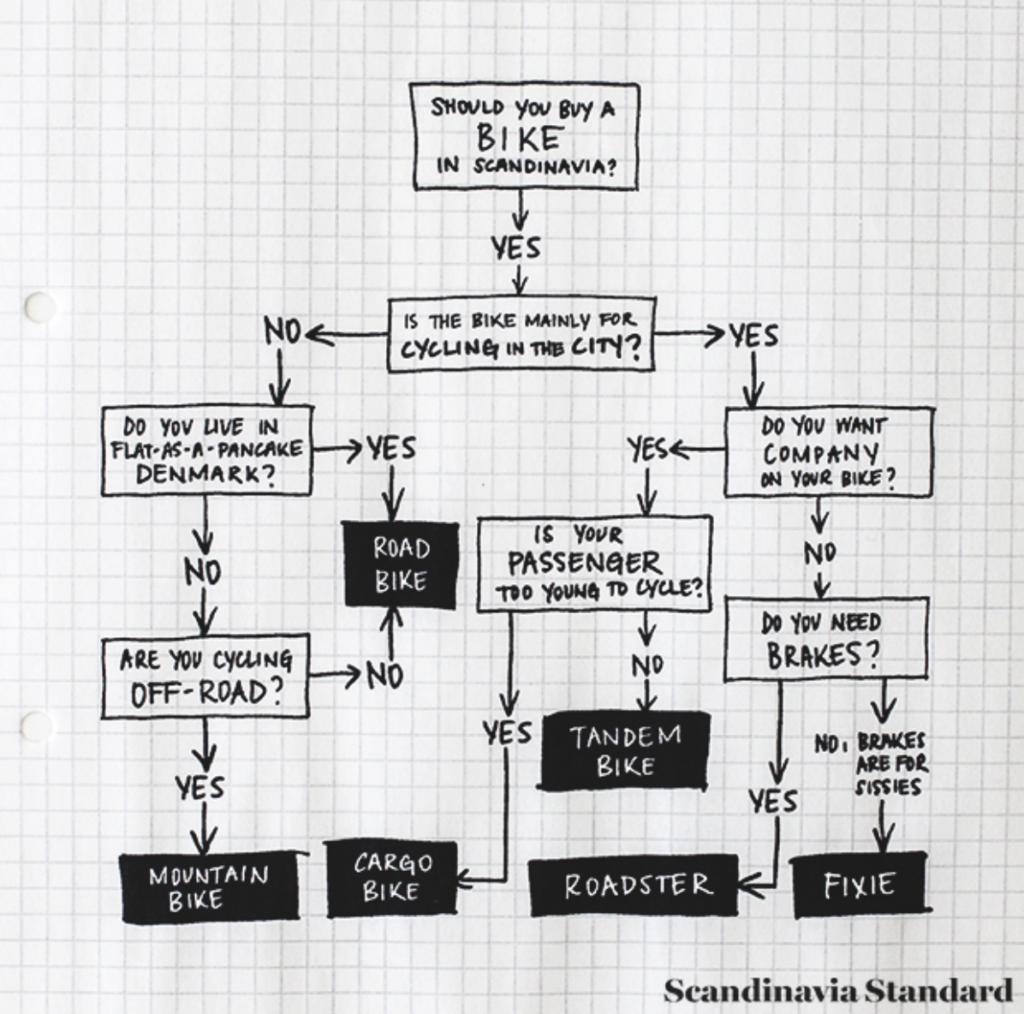
Read on to learn about these different types of bikes 🙂
City Bikes: Roadster and Fixies
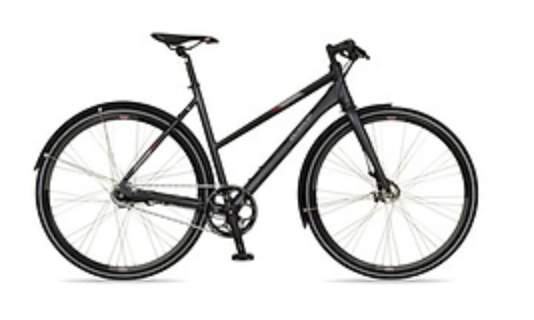
The City Bike or bycykel (bew-sew-kewl) as the name suggests, is intended for riding in metropolitan cities: Copenhagen, Aarhus, Aalborg, Odense, etc. Easy to ride and maintain, it’s the ideal option for commuting to work or school.
Modifications are standard: You can carry your bags, groceries or cargo packages by mounting a basket on the front or back. Baby and booster seats are also common choices for parents (don’t forget to buckle up!). The lights can be mounted, or you can buy detachable bike lights from kiosks. Some bikes have hand brakes, others have pedal brakes and some have both!
Most city bikes are roadsters: they come with two or three gear settings and a brake. In addition to these, there is the minimalist fixie type, with a fixed-gear. You may have come across fixies while renting. It is difficult to understand which one is more suitable for you without riding it, so ask your seller if you can try riding first.
(Fixie Type, from Fabric Bike)
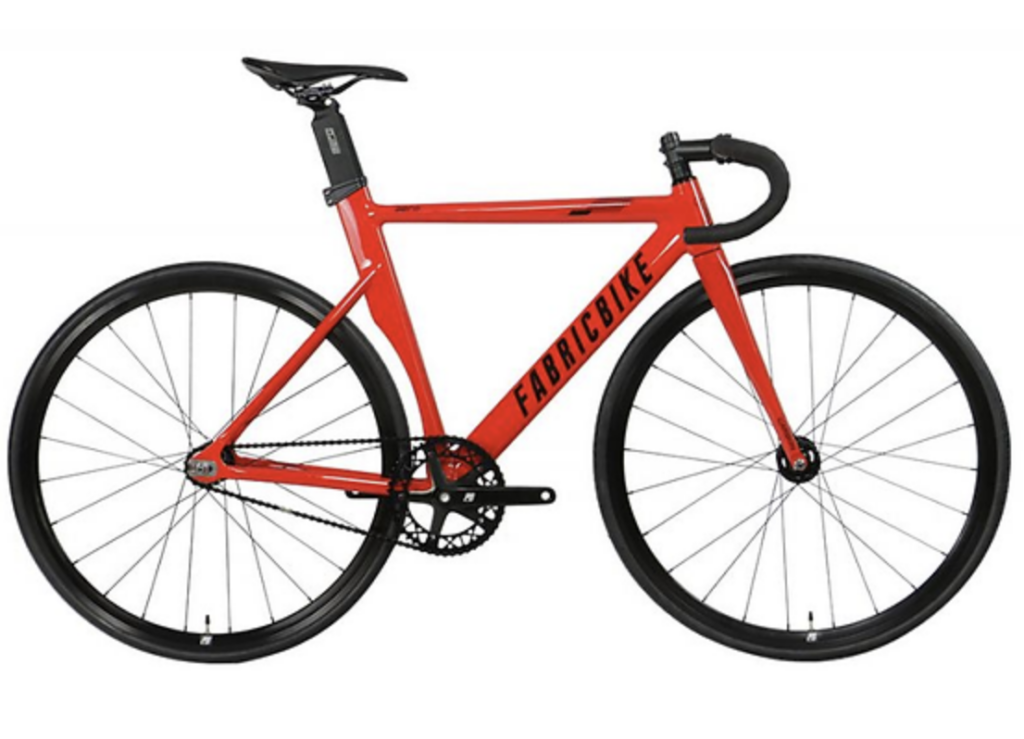
Note: You can carry your city bike on some train services! You can take it with you when passing through Malmö (Sweden) or Flensburg (Germany).
The Copenhagen Miracle: The Cargo Bike
The advantage of Denmark being a flat country is that it is much less risky to attach loads to vehicles here. The titular Cargo Bicycles are among the symbols of Copenhagen. Cargo bikes of all kinds have now spread to every city in Denmark, but you can especially visit workshops if you live near Copenhagen.
The Christiania Bike
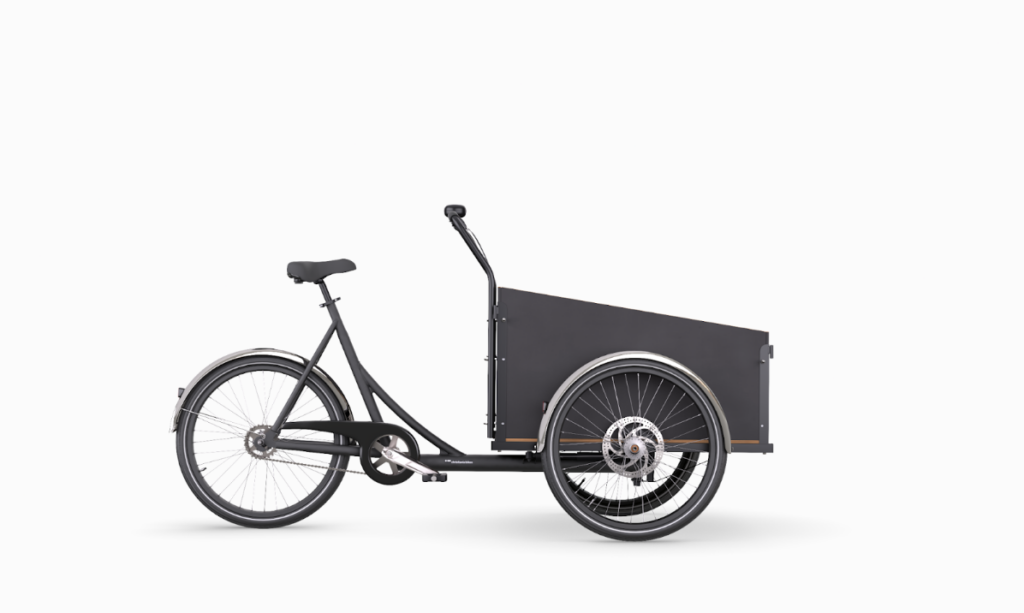
The typical oxcart Cargo Bike is also often called the Christiania Bike, as it is believed to have first appeared in the Christiania area of Copenhagen. According to folk legend, the Christiania Bike was invented to transport bags and bags of marijuana from the market in Christinia. Nevertheless the Christiania Bike has forgone its shady past and today is rebranded as a family vehicle like a modern car. The main manufacturer is Christiania Bikes.
Around the city you will find spouses and lovers who enjoy pedaling for one another; and children towing their elderly parents with the Christiania Bike. For families with children, a large Christiania Bike can fit an adult or 4-5 little ones. And again, like cars, Christiania Bikes are suitable for carrying large loads: music instruments, furniture, suitcases, Ikea shopping…
Speaking of Ikea, you can borrow free Christiania Bikes from stores like Ikea and Silvan. Riding a Christiania Bike is quite different from a road bike and takes practice. A friend of mine even compared it to driving a truck.
Long John

The Long John is a type of bike that resembles a bicycle with a rudder. It was born in Denmark, but is today emblematic of England as its English name suggests. While the Christiania Bike is more square in shape, the Long Johns are elongated, like a rectangle.
It’s a matter of preference which one appeals to you. While Long Johns fit more easily into lanes on the road, they can be harder to park on narrow streets.
Sidecars

(Scandinavian Sidecar)
Have you seen children riding in sidecars yet? Sidecars, unlike other cargo bikes, are sold separately and are mounted on single-rider bikes. In Danish a sidecar is called “et sidvogn”.
Rule the Roads: Road and Mountain Bikes
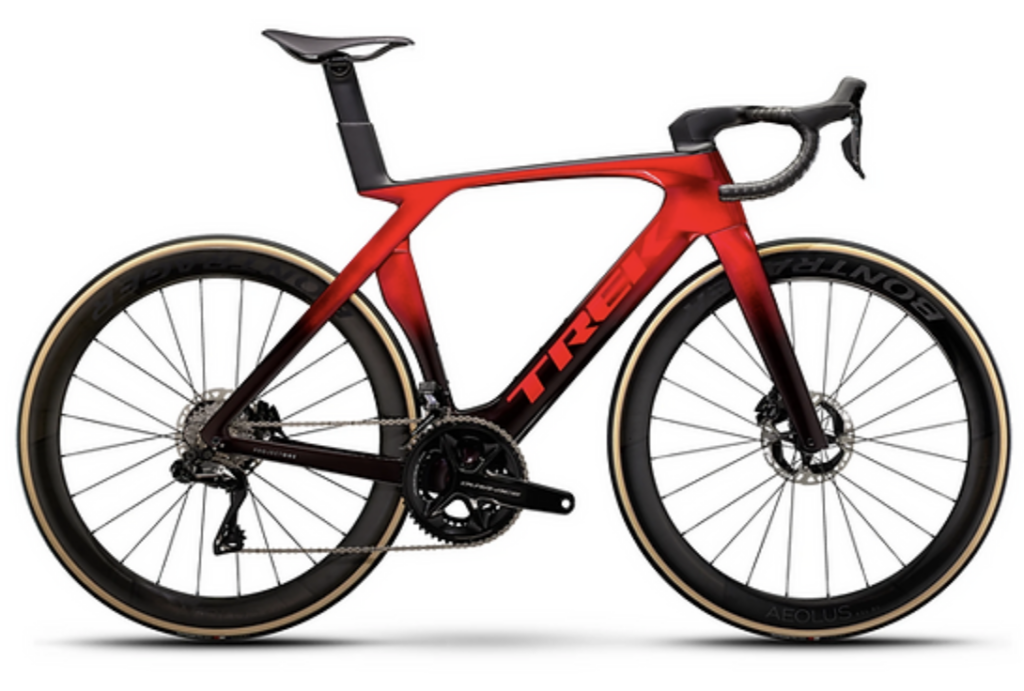
If you cycle professionally or you don’t mind traveling long distances, consider buying a road or mountain bike. The Danish names are Landevejscykel (La’-ne-voy-sew-kewl) and Mountainbike.
The distinction is simple: Road bikes are designed for flat roads, while mountain bikes are designed for hilly roads. The European cycle path network is comparable to an international motorway but for bikes. Road bikes will do just fine throughout almost all of Denmark. Those who will choose mountain bikes are those who intend to continue to Germany or Sweden.
Note! Like city bikes, road bikes can also be carried on some trains!
Two heads are better than one: Tandem Bikes
I said that in cargo bikes, one person rides and another drives them. What about if both of the couple want to pedal together?
Take a look at tandem bikes. Tandems come in all sorts:
- There are tandems for children learning to cycle
- Tandems (city bike style) for couples who want to ride together

- Tandems for sports (road and mountain bike style)
- The Magnificent 7: The Conference Bike
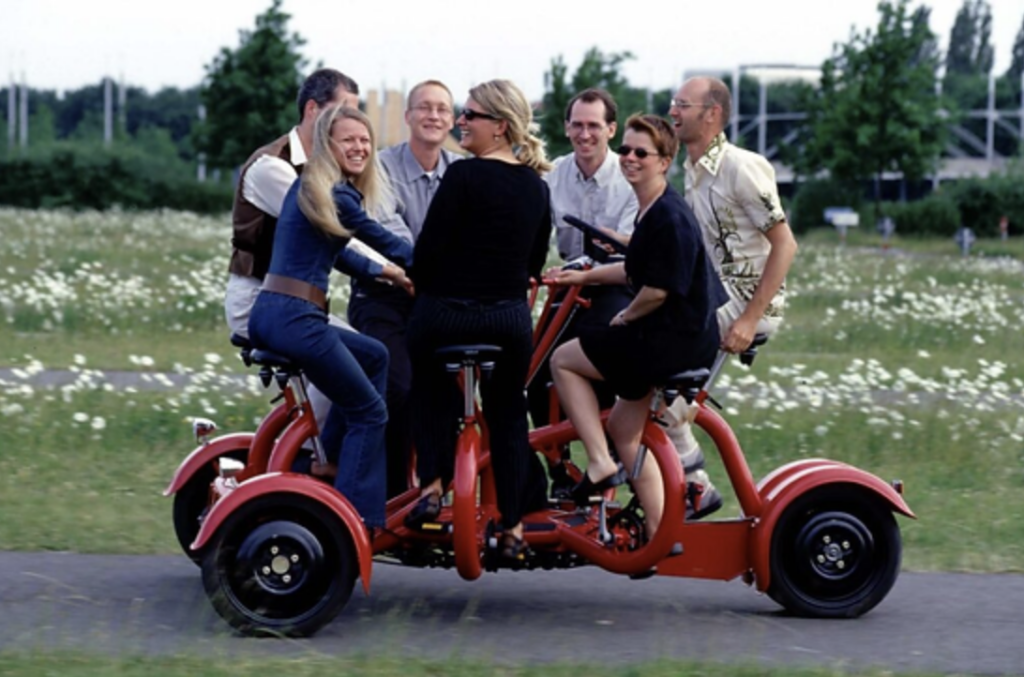
In our next guide, we will talk about how to ride bicycles in winter through the Danish cold. Stay tuned!








